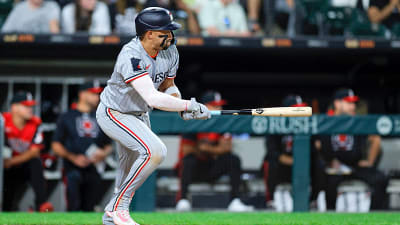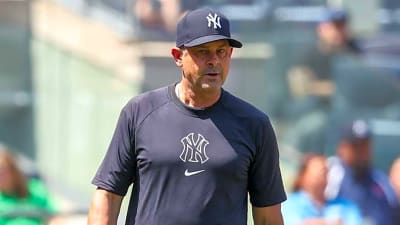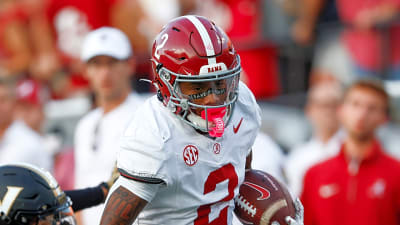Richard Dumas’ name often surfaces in NBA discussions as one of the league’s great “what if” stories. A versatile 6-foot-7 forward with explosive athleticism, Dumas had all the tools to become an NBA star. Yet, his career lasted just three seasons, derailed by substance abuse issues and personal battles that were, as he now admits, deeply tied to mental health struggles that went largely unrecognized during his playing days.
Appearing on Vlad TV, he revealed that the bright lights, roaring crowds, and intense NBA environment triggered severe anxiety and discomfort.
"I never really got too excited or overwhelmed about it, because if you prepare yourself, which I always did, you have confidence to go out there and play. So I wasn't nervous."
"It's just, the only thing that bothered me is, like, as it would come up later on, like I see, I suffered from a mental illness to where I can't deal with crowds and stuff like that. So, you know, they got me on medication now, but they didn't have medication and stuff back then, so I, like, I couldn't deal with all this stuff."
"See, a lot of people don't know, I had a six-pack before every game."
"With my imbalance, because once I found out I needed something to calm me down because what I suffered from, I didn't like loud noises, I didn't like bright lights, and I didn't like crowds. Those things irritated me."
"But I'm playing in the NBA, where you got bright lights, you got crowds, you got lots of noises. So I needed some way to just keep it out of my mind. So I’d have a six-pack and just be, 'Let's go play.'"
"But I’ve been doing that ever since I was 15, though."
Dumas admitted that while he never felt nervous or overwhelmed by the game itself, it was the environment of professional basketball that triggered his anxiety. The bright lights, roaring crowds, and constant noise became overwhelming for him.
His reliance on alcohol started early. Dumas said he had been drinking since he was 15 as a way to manage his mental state. By the time he reached the NBA, it had become a routine part of his preparation.
Dumas, drafted 46th overall by the Phoenix Suns in 1991, burst onto the scene in his rookie year after serving a season-long suspension for violating the league’s drug policy.
When he finally debuted in 1992-93, he quickly showed why scouts had raved about his talent. In just 48 games as a rookie, Dumas averaged an impressive 15.8 points, 4.6 rebounds, and 1.8 steals per game while shooting 52.4 percent from the field.
His performance earned him a spot on the NBA All-Rookie First Team and played a crucial role in helping the Suns, led by Charles Barkley, reach the 1993 NBA Finals against Michael Jordan’s Chicago Bulls.
In the postseason, he averaged 15.8 points and 4.0 rebounds while shooting 49.5 percent, including standout performances against the Spurs and SuperSonics.
However, as quickly as he rose, his career began to unravel. After being suspended again for drug policy violations, Dumas’ NBA days were numbered. He played just 15 games in the 1995-96 season before fading out of the league entirely.
His career stats, 10.6 points and 3.4 rebounds over 102 total NBA games, are just a fraction of what he could have achieved with better support systems and mental health resources. Today, with athletes like Kevin Love and DeMar DeRozan openly discussing anxiety and depression, Dumas’ story resonates as a cautionary tale from an era when players were expected to silently endure their struggles.
For fans who saw glimpses of brilliance during that magical Suns season, Dumas remains a symbol of untapped potential. He could guard multiple positions, finish above the rim, and score in bunches, drawing comparisons to other versatile wings of the era.
Yet his story also serves as a stark reminder that athletic talent alone isn’t enough to conquer the emotional and mental battles players face behind closed doors.
Though his NBA career was short-lived, Richard Dumas’ honesty about his struggles adds a powerful chapter to the conversation around mental health in sports. In many ways, his unseen injuries, the kind no trainer could tape or ice, were the ones that hurt the most.
More must-reads:
- Mets manager confirms veteran pitcher done for the season due to 'pretty significant' injury
- Eagles waive offseason trade pickup
- The 'Season TD pass leaders by NFL team' quiz
Breaking News
Trending News
Customize Your Newsletter
 +
+
Get the latest news and rumors, customized to your favorite sports and teams. Emailed daily. Always free!








